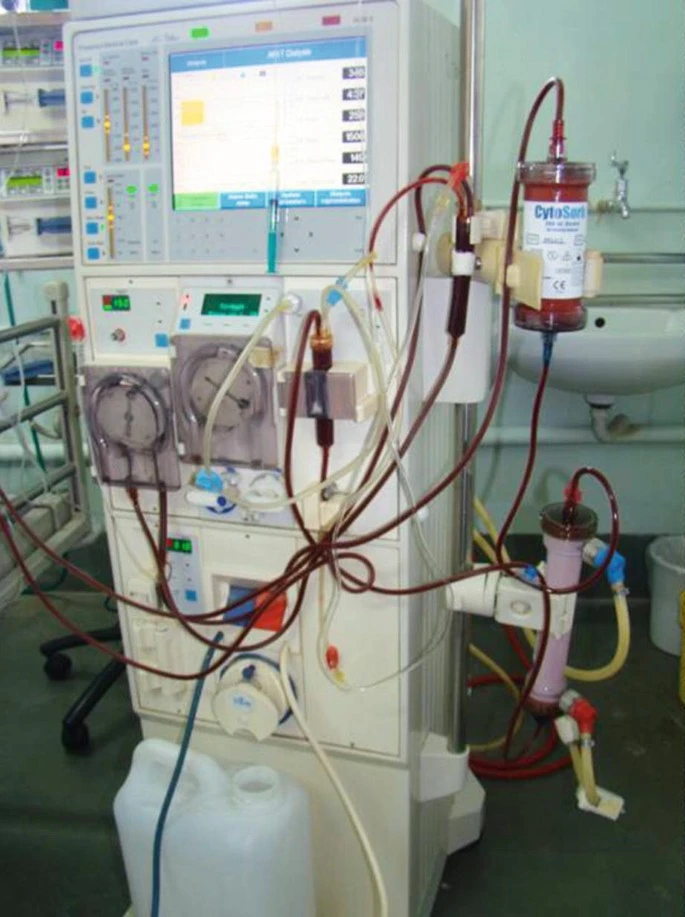
What is SLED Dialysis?
Sustained Low-Efficiency Dialysis (SLED) is a hybrid renal replacement therapy that combines the benefits of both intermittent and continuous dialysis. This approach provides effective solute clearance, stable hemodynamics, and flexible treatment schedules, making it a versatile option for different patient needs.
SLED Dialysis Procedure
The SLED procedure uses standard hemodialysis machines but operates with reduced dialysate flow over an extended period. This setup allows for efficient detoxification while maintaining cardiovascular stability, making it especially beneficial for critically ill patients with acute kidney injury.
Indications for SLED Dialysis
SLED dialysis is indicated for patients requiring renal replacement therapy who cannot tolerate conventional dialysis methods. It is particularly useful in cases of acute kidney injury, as it balances effective detoxification with cardiovascular stability.
Advantages of SLED Dialysis
SLED offers several advantages, including flexible treatment times, strong detoxification capabilities, and improved cardiovascular tolerance. This hybrid approach combines the strengths of intermittent and continuous dialysis, making it a more adaptable treatment option.
Cost of SLED Dialysis
SLED is generally more cost-effective than continuous dialysis therapies, offering a financially viable option for many patients. This cost advantage is coupled with its effectiveness in managing renal failure, especially in critically ill individuals.
Duration of SLED Dialysis
SLED treatments typically have a longer duration compared to traditional intermittent dialysis, allowing for more efficient solute clearance. This extended treatment period supports better overall patient outcomes and enhances the effectiveness of the therapy.
SLED Dialysis in India
For personalized guidance and to explore if SLED Dialysis is right for you, Dr. Kamal Kiran offers expert consultation and tailored treatment plans. Schedule your appointment today to discuss the benefits and considerations of SLED dialysis in managing your renal health.